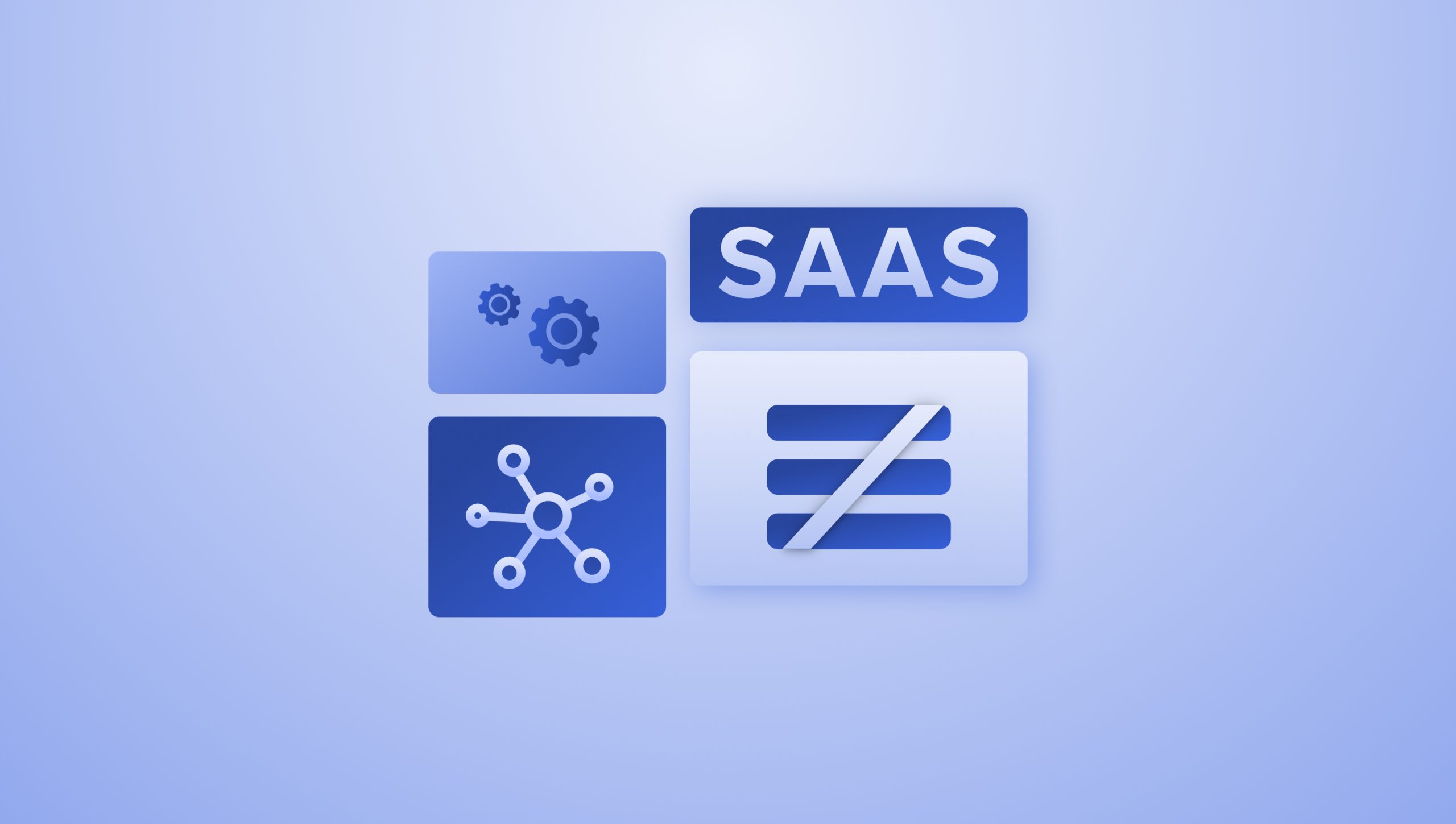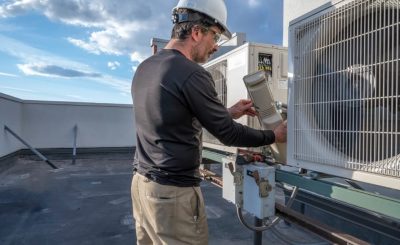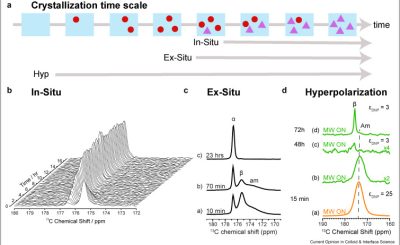SaaS, or Software as a service, has become the latest buzzword as it plays an integral role in creating cloud modernization strategies for different business organizations. To establish a truly SaaS architecture, it is important to modernize faster. The creation of a Serverless Application changes the way in which the developers test the code.
In the past, the developers used to emulate the entire structure locally, after which they committed the code that was ready to test. But as you opt for serverless architecture, you can boost the infrastructure’s efficiency. SaaS, or software as a service, is regarded as an excellent strategy that helps boost business value.
Choosing serverless architecture
Serverless architecture happens to be the latest innovation in cloud computing. It provides the optimum choice to focus on the writing and deployment of different software components without the hassle of focusing on the specific underlying infrastructure.
Such software components are referred to as functions, which get executed depending on a definite set of different events after which the compute resources get consumed according to the usage during the execution. The Serverless Application Development and infrastructure offers AWS Lambda runtimes or layers, which enable the use of extra programming languages to author the functions.
Reasons to choose serverless architecture
As you work with independent software vendors and SaaS providers to transform the product into SaaS, it is recommended to design the application architecture through the use of serverless capabilities and microservices. It provides different kinds of benefits, which are enlisted below. Check it out!
- Optimization of the infrastructure cost with the consumption of the computing resources necessary to execute the code with 100 ms billing. Thus, you will not be charged for the idle time.
- Boosting the development time and simplification of the latest functionality once it is broken down into smaller functionality pieces.
- Focusing on different value adding activities, such as code writing, in place of infrastructure design and management.
Autoscaling of different infrastructure resources
Serverless SaaS Development provides different technologies, such as data management, code execution, and the integration of different applications, without the need to manage the servers. In addition, serverless architecture is equipped with different features, such as ready-made high availability, automatic scaling, and a pay-for-use billing model to boost optimization costs and agility. Furthermore, such technologies reduce infrastructure management tasks such as patching and capacity provisioning. Hence, you will gain success by focusing on code writing, which serves the potential audience.
The serverless apps begin with AWS Lambda, which happens to be the event-driven compute service, which gets integrated with more than 200 software as a service (SaaS) services.
Adapting to scaling
Choosing a serverless architecture helps in scaling from zero to peaking demands. Thus, you will be able to adapt to the customer’s needs and cater to them.
Moving from the idea to the market quickly
Opting for serverless architecture has become the need of the hour as it reduces operational overhead. Hence, the team will release faster, receive feedback, and iterate to go to market quickly.
Reducing the costs
Choosing the serverless architecture helps in the automation of resource utilization, and thus you are not going to pay for overprovisioning.
Creation of applications faster
Serverless architecture includes ready-made service integrations. Hence, you will be able to focus on the creation of the application instead of its configuration.
Modern applications are created serverless-first, which refers to the strategy that prioritizes the adoption of different serverless solutions. Hence, you can boost agility across the application stack.
Tenant context addition
During the SaaS application creation, you will be capable of performing tenant management, tenant isolation, team monitoring, and tenant monitoring. Thus, you will gain success in recognizing and authenticating different tenants. In addition, it provides various functionality sets and tenants, depending on the subscription tier. Thus, you should ensure that the performance gets distributed among the tenants.
Moreover, it helps to track the usage to recognize untapped opportunities and seek useful insights about different usage patterns. A proper practice is the adoption of the event-driven approach, where every lambda function gets independent from one another and is triggered by different events. Thus, the lambda functions emit events to trigger different functions.
In this section, we are going to tell you about different strategies that help to design the Lambda functions:
- Creation of the lambda function for every microservice, where every microservice happens to be a unit that can work in isolation.
- For every microservice, you need to create the Lambda function, which helps to handle different HTTP methodologies, such as GET, POST, DELETE, and PUT.
- For every HTTP, the function can create a different Lambda function.
Enabling multi tenancy and tenant isolation implementation happens to be a crucial factor in implementing SaaS architecture successfully. You can improve the bottom line of your business and boost Serverless SaaS Application Development with serverless architecture.








